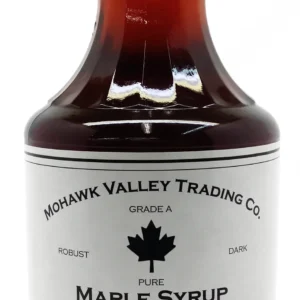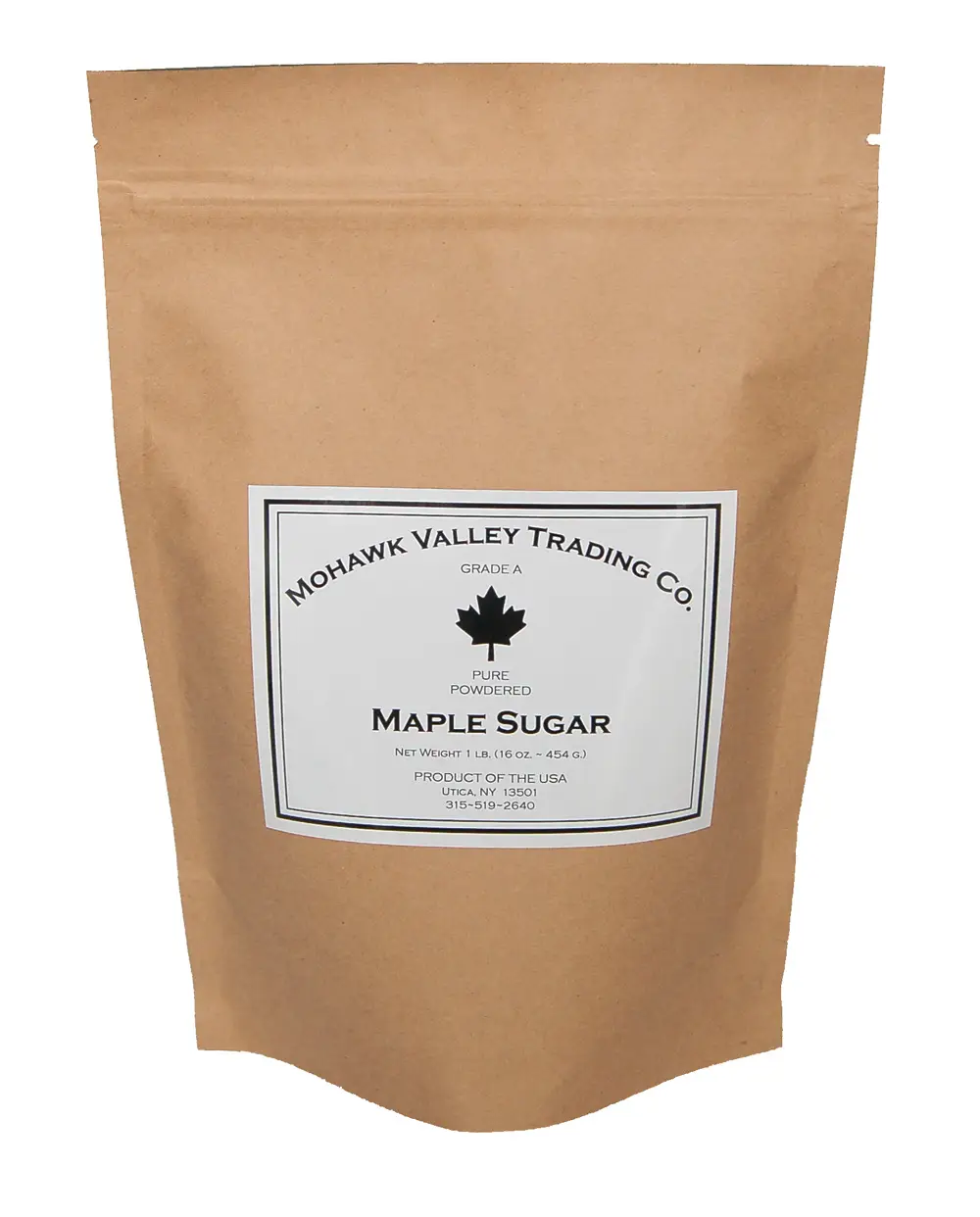Description
Maple sugar is produced by boiling and reducing maple syrup while controlling the crystallization process. It comes in various forms, including granulated and powdered.
Granulated maple sugar resembles brown sugar, but with a variable grain size, it is often sifted to create a uniform sugar. There is nothing wrong with large crystals; they are edible and identical to the small crystals, but they can cause difficulties in measuring and should be reserved for other purposes. It is easy to store in air-tight jars and will not mold or separate.
Maple sugar is a healthier alternative to regular sugar because it offers potential health benefits due to its antioxidants and minerals, including zinc and manganese. Additionally, it has a lower glycemic index than regular sugar, making it a suitable option for individuals seeking to manage their blood sugar levels. Incorporating maple sugar into your diet can be a delicious and nutritious choice, but as with all sweeteners, moderation is essential.
We do not use pesticides or herbicides in our sugar bushes. Although not labeled or certified organic, maple sugar from the Mohawk Valley Trading Company is as organic as any produced in the USA.
Additional information
| Type | Granulated, Powdered |
|---|---|
| Size | 1 lb., 1 lb. Case of 12 |
Related products
-

Maple Syrup Organic
$25.00 – $255.00 Select options This product has multiple variants. The options may be chosen on the product page

Reviews
There are no reviews yet.